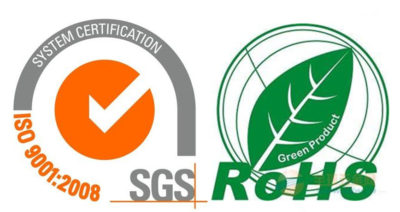Activated alumina is a high-performance porous adsorption material made by high-temperature dehydration of aluminum hydroxide. It has a high specific surface area, rich pore structure and excellent physical and chemical properties. It plays an important role in industrial drying, water treatment, catalytic reaction and environmental protection. So, what are the specific advantages of activated alumina?
- High specific surface area and strong adsorption capacity
The specific surface area of activated alumina can usually reach 200-400 m²/g, and it has a large number of micropores and mesoporous structures inside, which enables it to efficiently adsorb impurities in gas or liquid, for example:
- Deep drying: adsorb moisture in the air, used for dehydration of compressed air, natural gas, refrigerants, etc.
- Water treatment: remove harmful substances such as fluoride, arsenic, lead, etc. in drinking water to improve water quality.
- Industrial waste gas purification: adsorb acidic gases and organic pollutants.
Compared with ordinary alumina or silica gel, activated alumina has a stronger adsorption capacity for polar molecules (such as water and fluoride ions) and a faster adsorption rate.
- Excellent chemical stability
Activated alumina can remain stable in a variety of harsh environments:
- Acid and alkali resistance: It is not easy to dissolve or decompose in a wide pH range (pH 4-10).
- High temperature resistance: It can work at high temperatures of 500-600°C, suitable for high temperature gas drying or catalytic reactions.
- Anti-oxidation: It is not easy to deteriorate in a strong oxidizing environment and has a long service life.
This makes it have important application value in industries such as petrochemicals and metallurgy.
- High mechanical strength and wear resistance
Activated alumina particles have high hardness and compressive strength and are suitable for dynamic adsorption environments, such as:
- Fixed bed adsorption tower: not easy to break under the impact of air or liquid flow, reducing dust generation.
- Fluidized bed reactor: small friction between particles, and can maintain structural integrity after long-term use.
In contrast, silica gel and some molecular sieves are easily pulverized due to mechanical impact, while activated alumina has better durability.
- Repeatable regeneration, economical and environmentally friendly
Activated alumina can desorb adsorbed impurities by heating or decompression, and can be recycled multiple times, for example:
- Compressed air drying system: regular heating and regeneration to extend service life.
- Wastewater treatment: after adsorbing fluoride, regenerate with alkaline solution to reduce operating costs.
The regenerated activated alumina can still maintain more than 80% of its adsorption capacity, greatly reducing waste emissions and meeting green environmental protection requirements.
- Good catalytic performance
Activated alumina is not only an adsorbent, but also a catalyst or catalyst carrier, and is widely used in:
- Petrochemicals: catalytic cracking, hydrodesulfurization, olefin purification, etc.
- Environmental protection: Claus process for sulfur recovery.
- Organic synthesis: ethanol dehydration to ethylene, esterification reaction, etc.
Its surface has Lewis acid sites, which can promote a variety of chemical reactions and improve catalytic efficiency.
- Safe and non-toxic, widely used
Activated alumina itself is non-toxic, odorless, and non-flammable. It meets the safety standards of the food and pharmaceutical industries and can be used for:
- Pharmaceutical drying: protect drugs from deliquescence.
- Food-grade gas purification: such as CO₂ purification in the beer and beverage industries.
- Laboratory applications: chromatographic separation, preparation of high-purity reagents.
- Low cost and high cost performance
Compared with adsorption materials such as molecular sieves and activated carbon, activated alumina has a wide range of raw materials, mature preparation technology, and more competitive prices, making it particularly suitable for large-scale industrial applications.
Activated alumina has become an important material in industrial production and environmental management due to its high adsorption capacity, chemical stability, mechanical strength, renewability, catalytic performance and economy. Whether it is gas drying, water treatment, or catalytic reaction, it can provide efficient and lasting solutions. In the future, with the improvement of environmental protection requirements and the development of industrial technology, the application prospects of activated alumina will be broader.

